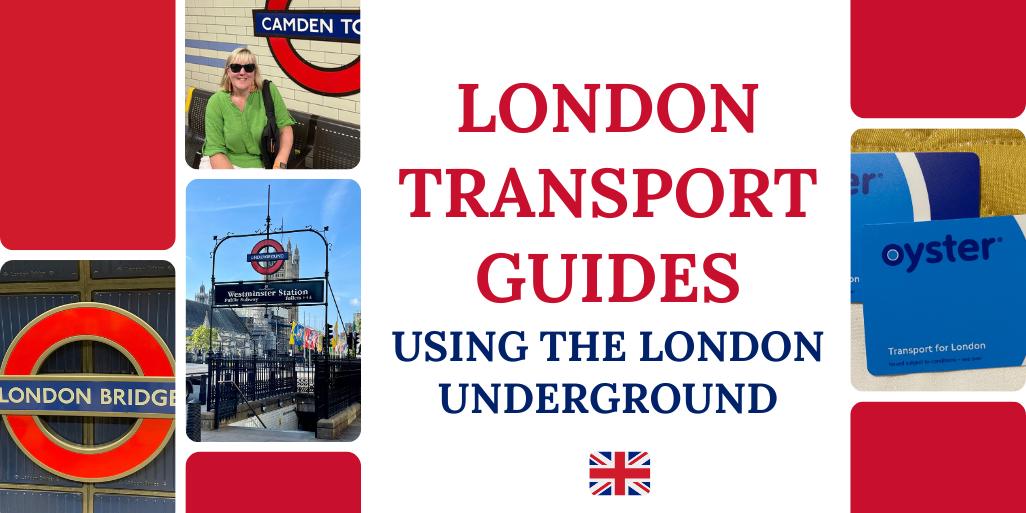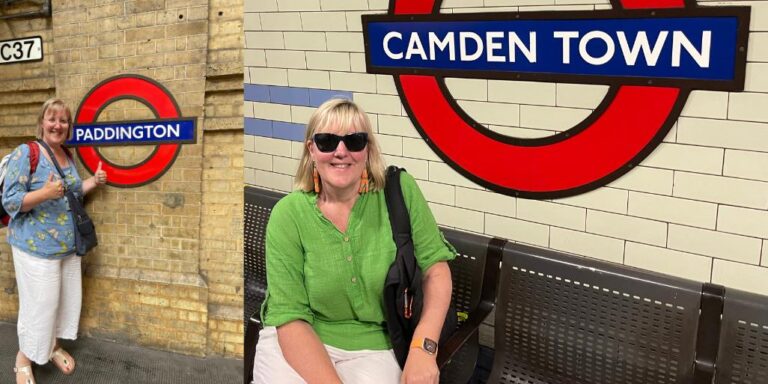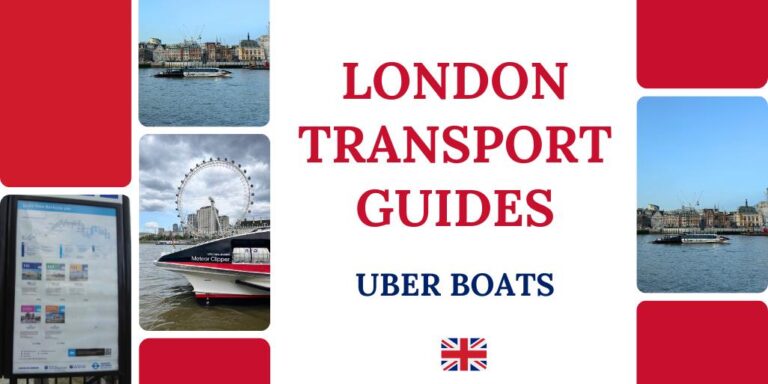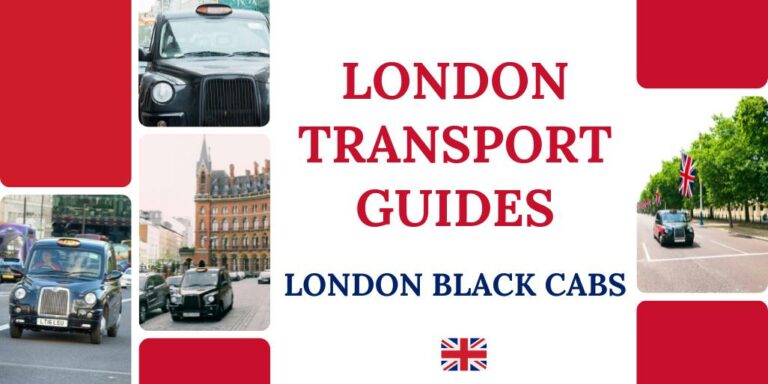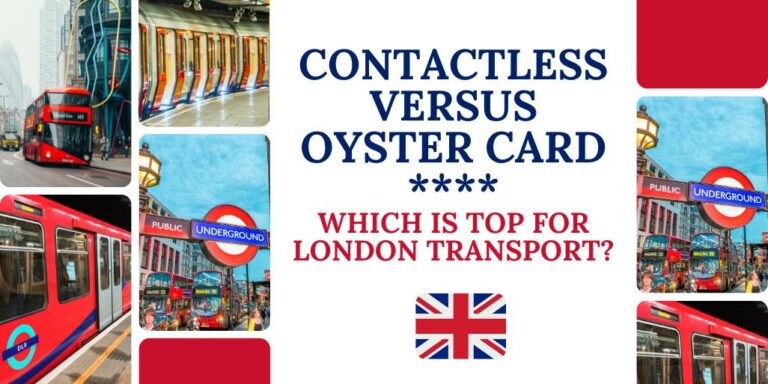How to Use the Tube in London | London Transport Guides
Whether you need to know how to use the tube in London for the first time or this is a repeat visit and you require a refresher, this guide is for you! Here, we cover everything you should know about how to use the Underground in London.
Ride the tube in London and it can mean more than getting from A to B. It is used by local residents daily to get around, so you’ll get a glimpse into city life, too. Getting around London on the tube is also often the quickest and most convenient way to travel.
This complete London Underground guide is packed with info on how to use the London tube, including a step-by-step guide to how it works, accessibility, insider London Underground tips, etiquette, how to pay fares on the London tube, useful apps, hours of operation, and much more.
Read on to find out how to travel by tube in London!

Take a tour of the London Underground
Fancy a tour of the London Underground? Discover the history of the Tube on these fascinating tours. Use promo code UKTRAVELPLANNING10 for an exclusive 10% discount on the following tours
- London Underground Walking Tour – This walking tour of the world’s first underground railway lasts approximately two hours, and travels through 150 years of London’s Underground history.
- Aldwych Station Tour is an exclusive behind-the-scenes tour of the London Underground Station, which regularly appears on screen and stands in for a working tube station.
- Charing Cross Station Tour – Explore the disused spaces of Charing Cross Underground Station and get exclusive access to areas not accessible to the public
How does the Tube work in London?
The tube operates daily in London, and is used by commuters, locals, and tourists. It’s operated by Transport for London (TfL).
Tube hours
The London Underground hours of operation vary according to the day, and which line you’re using. You can find live timetables on the TfL website here.
In general, the first tube is at around 5 am on weekdays and Saturdays. The last service is at about midnight. On Sundays, the hours are shorter – between about 7 am and 11 pm.
Tube map
The tube map is really helpful when you’re planning your route. Do note, though, that it’s not to scale! There are tube maps in all stations, and these show which line you’ll need and where to change trains. You can find them in the main hall, along the routes, and on the platforms.
The London Underground service is divided in two ways – into lines, and into zones. Lines are all about where you’re going, while zones will determine your fare.
Tube lines
There are 11 tube lines in total. Each is represented by a colour, as follows.
- Bakerloo – Brown
- Central – Red
- Circle – Yellow
- District – Green
- Hammersmith & City – Pink
- Jubilee – Grey
- Metropolitan – Dark red
- Northern – Black
- Piccadilly – Dark blue
- Victoria – Blue
- Waterloo & City – Light green
Tube zones
The price of the London Underground is determined by how far you travel. Your London tube fare is calculated according to zones. There are 9 altogether.
As a visitor, you’ll use Zone 1 the most, followed by Zone 2. The price you pay depends on which and how many zones you enter.
You might occasionally venture into zones 3 and beyond. Particularly if you choose to stay outside the central area – though we don’t recommend doing so! Zones 7 to 9 lie outside the city, and you’re quite unlikely to use those at all.
When paying your fare, make sure you’re covered for the zones you’ll depart from, cross and arrive at.
How to use the Tube, step-by-step
Where from and where to

The first step is working out which station you’ll depart from, and want to arrive at. Your hotel will be able to tell you the closest underground station.
If you’re visiting an attraction, the website should say how to get there, including the nearest tube station.
Which line/s and zone\s

Which tube line – or lines if you need to change – will you need? The tube map can help you work this out. Once you know where you’re headed, you’ll be able to see which zone, or zones, you need a ticket for.
How to pay
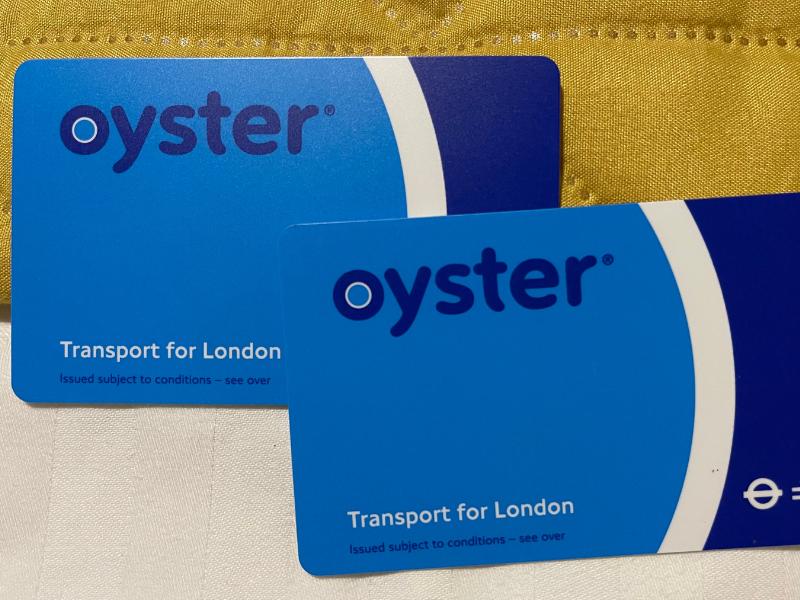

So how do you pay for the tube in London?
There are two main options when it comes to London Underground travel cards for tourists. You can pay by contactless card, or you can buy an Oyster Card.
Read this London Underground Oyster Card vs contactless guide to decide which will work best for you. If, for example, you want a London day pass for the tube as you’ll be making lots of stops, fare capping can help to cut the cost in both cases.
Whether you’re paying for the London Underground by contactless or Oyster card, tap on the yellow card reader, both at the start and end of your journey. Make sure you use the same card or device for each, or you could be charged the wrong fare.
How much is the tube in London? Both Oyster and contactless cards use the same Pay As You Go system, and thus costs are comparable. Oyster cards have to be topped up before you travel, and there is a small upfront fee to pay per Oyster card.
How to travel




- Arrive at the station and follow the signs to the tube line you want, if more than one runs through it. Knowing the colour of the line you’re looking for is helpful here!
- Trains will be northbound or southbound, or eastbound or westbound. So it’s also important to know which direction you’re headed in.
- At the barrier, insert or tap your London tube card or payment card as shown. Once it opens, walk through quickly, as you’ll see others do.
- On the escalators, stand on the right if you’re staying still. People use the left-hand side to walk up or down.
- Once you arrive on the platform, digital boards will show how many minutes you’ll need to wait until the next tube. The final destination will be displayed. If you’re not sure, you can check the tube maps on the platform for guidance on whether the train calls at the stop you want.
Tube etiquette

- Let people off first
Always let passengers get off before boarding your train. Next, move along the carriage towards or onto the seats. This makes way for other people, rather than blocking the doorways so no one can get on or off.
- No eye contact
On the tube, making no eye contact with other passengers is the norm. People travelling alone tend to look at their device, or read a book or newspaper. If you’re with others, then you can talk quietly amongst yourselves. When using headphones, keep the volume low.
- Offer your seat if someone needs it
If someone looks like they may need your seat more than you do, always offer it to them if there aren’t any other empty seats. Examples include pregnant, mobility-impaired, or elderly people.
- No smelly food
Never eat smelly food on the tube. Unless you want to make enemies of both locals and other tourists! Non-pungent snacks are fine, but try not to leave a mess behind.
Other useful information

Accessibility
If you need to find accessible transport in London, then the tube isn’t a bad place to start. Over a third of stations – 92 in total – currently offer step-free access via lifts and/or ramps. There are more on the way, too.
You can see which Underground stations are step-free on the Tube map. Look out for the blue wheelchair symbol, which indicates step-free access.
When planning an accessible trip, it might also be worth looking at alternatives to the tube. All the stations of the Elizabeth line (which confusingly isn’t a tube line), and Docklands Light Railways (DLR) are step-free. Tram stops are also free from steps.
London buses comprise one of the most accessible networks on the planet. Low-floor vehicles operate on all bus routes, and these have access ramps and wheelchair spaces. Many boats also have ramps, and all black cabs have a wheelchair ramp.
The AccessAble app can help you to plan your London journeys.
Apps
Both Oyster cards and contactless payments can also be used with the free TfL Oyster & Contactless app.
Other apps can also be useful when travelling by tube. These include the Citymapper, Google Maps, and TfL Go apps, plus the AccessAble app where applicable.
Find all the top apps for London in this guide.
Safety
For security reasons, wear your bag, or keep it firmly wedged between your legs while travelling on the tube.
In and outside of stations, be careful of pickpockets. Keep your phone and other valuables out of sight, and where you can see or feel them. This particularly applies in crowded areas.
Quicker to walk
Sometimes, it’s quicker to walk between stations than to take the tube. Covent Garden and Leicester Square are very close together, with the journey taking mere seconds. Yet many tourists pay a full zone 1 fare to travel between them!
If in doubt, ask station staff for guidance on timings, distance, and walking routes.
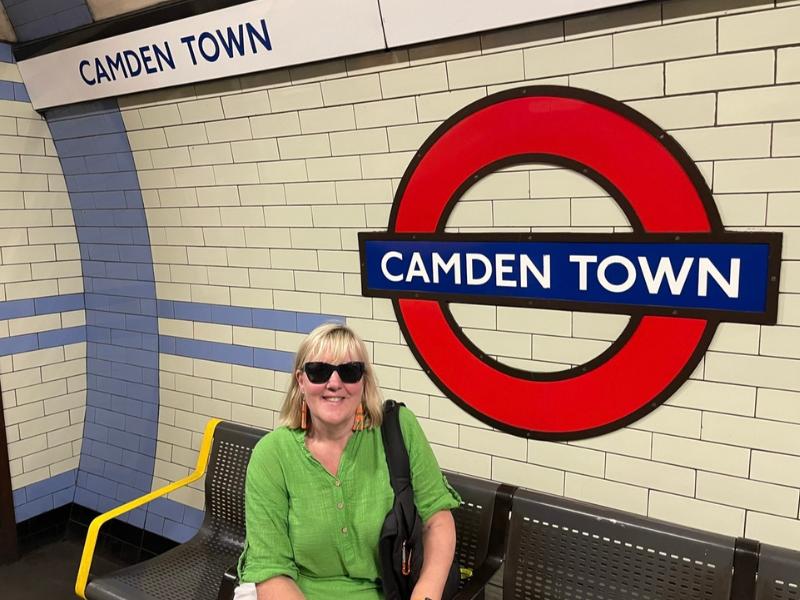
Beyond London

The London Underground can only take you so far. Specifically, to places like Amersham in Buckinghamshire, Upminster in East London (formerly Essex), Morden in South London (previously Surrey), and Heathrow Airport to the west.
If you’re travelling beyond the reaches of the tube lines by rail, check out our guides to UK train travel, which include an ebook.
When you’ll be driving – and we don’t recommend doing so within London itself – take a look at our UK road trip itineraries for inspiration. Using Tripiamo is also invaluable, as it can familiarise you with UK roads and rules before you go. This can ensure your trip is both safe and stress-free.
Where will you use the Tube in London?
With a network covering everywhere you’re likely to want to go in London, the tube – aka the Underground – is probably the most popular way to get around the city.
The Victorian subway is also a London icon. As such, not taking at least one tube trip would mean missing out.
Read this guide before you go, following the steps to plan your journey, and we guarantee you’ll be all set!

